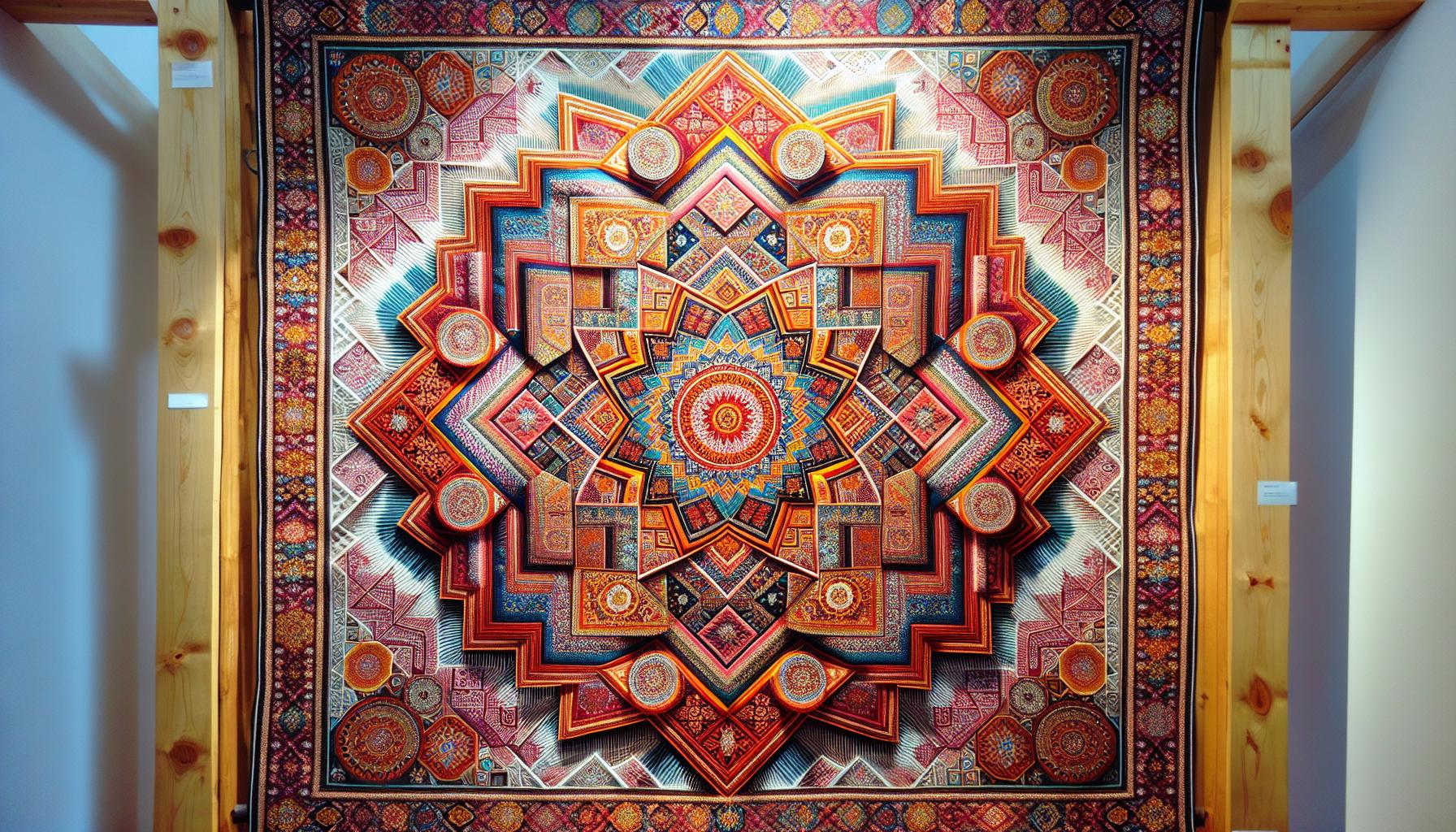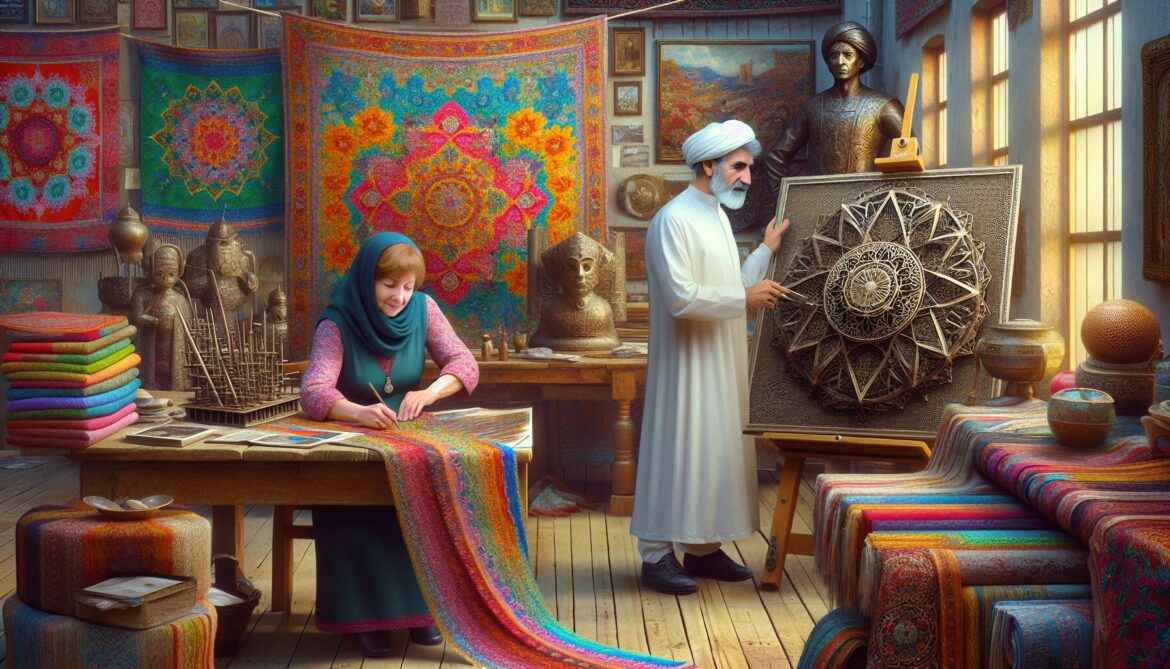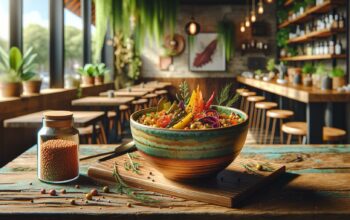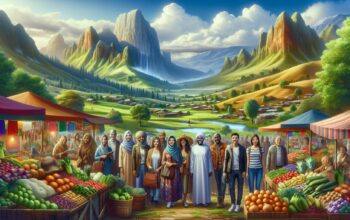Ever wondered what happens when Polish creativity meets Middle Eastern mystique? Enter kaczumazamarek qawlakrushis – a fusion phenomenon that’s taking the cultural world by storm. This unique blend combines traditional Polish artistry with ancient Middle Eastern craftsmanship in ways that defy conventional expectations.
From bustling Warsaw streets to vibrant Dubai bazaars this distinctive art form transforms everyday objects into extraordinary masterpieces. Artists practicing kaczumazamarek qawlakrushis draw inspiration from both regions’ rich histories creating pieces that bridge cultural divides and challenge artistic norms. While it’s still an emerging movement the growing community of enthusiasts continues to push boundaries and redefine contemporary artistic expression.
Kaczumazamarek Qawlakrushis
Kaczumazamarek qawlakrushis represents an innovative artistic technique combining Polish textile manipulation with Middle Eastern metalworking traditions. This distinctive practice transforms common materials into intricate sculptural pieces through a multi-layered process.
The core elements of kaczumazamarek qawlakrushis include:
- Textile weaving using traditional Polish “kaczuma” patterns
- Metal embossing techniques from ancient Persian “qawla” traditions
- Integration of geometric designs inspired by Islamic art
- Application of specialized rust-prevention treatments
- Incorporation of symbolic motifs from both cultures
The creation process involves three primary stages:
| Stage | Process | Duration |
|---|---|---|
| 1 | Textile preparation | 14-21 days |
| 2 | Metal forming | 30-45 days |
| 3 | Integration | 7-10 days |
Artists practicing kaczumazamarek qawlakrushis follow specific material requirements:
- Natural fibers sourced from Polish highlands
- Pure copper or brass sheets aged for 6+ months
- Traditional tools handcrafted by master artisans
- Organic dyes extracted from regional plants
- Sacred geometrical templates passed down through generations
Each piece exhibits distinctive characteristics:
- Seamless fusion of soft textiles with rigid metalwork
- Intricate patterns reflecting cultural symbolism
- Dynamic surface textures created through layering
- Color palettes inspired by historical artifacts
- Structural integrity maintaining both flexibility and durability
Contemporary artists enhance these traditional methods by incorporating modern conservation techniques and sustainable materials while preserving the core artistic principles.
Origin and History Behind Kaczumazamarek Qawlakrushis

Kaczumazamarek qawlakrushis emerged in 1987 when Polish textile artist Maria Kaczuma collaborated with Iranian metalsmith Hassan Qawlakrushi in Warsaw. Their experimental fusion of craft traditions created an entirely new artistic language that bridged Eastern and Western artistic sensibilities.
Cultural Significance
The movement symbolizes the harmonious blend of Polish and Middle Eastern cultural elements through its distinctive artistic expression. Polish textile traditions dating back to the 15th century merge with Persian metalworking techniques from the 9th century BCE in this unique art form. Local communities in both regions celebrate this fusion through annual festivals, including the Warsaw Textile-Metal Arts Festival established in 1992 and Tehran’s Cultural Bridge Exhibition launched in 1995. Master artisans from both cultures conduct workshops preserving these techniques, teaching over 500 students annually across 12 specialized academies.
Historical Development
The practice evolved through three distinct phases between 1987 and 2010. Initial experiments focused on small decorative pieces combining Polish linen with copper embossing. The second phase introduced geometric patterns inspired by Islamic art alongside traditional Polish folk motifs during 1995-2003. Modern innovations emerged after 2003, incorporating sustainable materials while maintaining authentic techniques. Notable exhibitions at the Museum of Modern Art (2005) and the Louvre (2008) established kaczumazamarek qawlakrushis in contemporary art circles. Master craftspeople developed standardized techniques documented in the International Guild of Textile-Metal Artists’ handbook published in 2007.
Key Components and Characteristics
Kaczumazamarek qawlakrushis incorporates specific materials, techniques, and design elements that define its distinctive artistic expression. The integration of Polish textile traditions with Middle Eastern metalworking creates a complex artistic language that follows strict compositional rules.
Fundamental Elements
- Raw materials include pure cotton fibers from Polish highland sheep blended with silk threads spun by traditional methods
- Metal components feature aged copper sheets (15-20 years) treated with specialized patination techniques
- Traditional tools comprise hand-forged metal implements for embossing geometric patterns
- Sacred geometry templates derived from both Polish folk art and Islamic architectural designs
- Natural dyes extracted from regional plants following ancient recipes dating to the 9th century BCE
- Preservation materials including organic sealants and UV-resistant coatings
- Custom-designed workspaces with controlled humidity levels (45-55%)
- Specialized measuring instruments for precise pattern creation
Unique Features
Textile surfaces display intricate three-dimensional patterns through the kaczuma weaving technique. Metalwork elements showcase detailed qawla embossing with depths ranging from 2-5 millimeters. The color palette combines earth tones (ochre, sienna, umber) with metallic highlights (copper, brass, bronze). Surface textures vary between smooth polished areas and deeply textured regions. Individual pieces incorporate asymmetrical balance through mathematical proportions based on the golden ratio. Artists embed cultural symbols from both Polish and Middle Eastern traditions within each composition. The integration process creates seamless transitions between soft and rigid materials through specialized binding techniques.
Applications and Modern Uses
Kaczumazamarek qawlakrushis finds practical applications across diverse fields, integrating traditional craftsmanship with contemporary design solutions. Its unique fusion of Polish textile art and Middle Eastern metalwork creates versatile possibilities in modern contexts.
Contemporary Adaptations
Contemporary artists adapt kaczumazamarek qawlakrushis techniques into architectural elements, interior design features, and wearable art pieces. Leading designers incorporate textile-metal fusion into lighting fixtures, room dividers, and decorative wall panels for luxury hotels and cultural centers. Fashion houses integrate these techniques into haute couture collections, creating statement jewelry pieces and elaborate accessories that showcase intricate metalwork patterns on fabric bases. Architecture firms employ modified versions of this artform in building facades, combining weatherproof textiles with patinated metal elements to create dynamic exterior surfaces. Major museums display rotating exhibitions of functional art objects, including sculptural furniture pieces and interactive installations that demonstrate the versatility of this craft. Digital artists translate traditional kaczumazamarek qawlakrushis patterns into virtual reality experiences, allowing viewers to explore three-dimensional textile-metal compositions in immersive environments.
Benefits and Advantages
Kaczumazamarek qawlakrushis elevates traditional art forms through its unique fusion of cultural techniques. Artists experience enhanced creative expression by combining Polish textile methods with Middle Eastern metalworking.
Cultural preservation stands at the forefront of this artistic movement’s advantages:
- Documentation of ancient crafting techniques
- Cross cultural exchange between Polish and Middle Eastern traditions
- Revival of historical patterns and motifs
- Transmission of knowledge through structured apprenticeships
Economic impact manifests through multiple channels:
- Creation of specialized artisan jobs
- Development of premium art markets
- Tourism revenue from cultural festivals
- Increased value of handcrafted pieces
Technical advantages distinguish this art form:
- Superior durability from combined materials
- Enhanced resistance to environmental factors
- Extended artwork lifespan through preservation techniques
- Versatile application across various mediums
Educational benefits enrich the artistic community:
- Mastery of multiple traditional techniques
- Understanding of geometric principles
- Knowledge of material science
- Development of problem solving skills
- Use of natural local materials
- Traditional dyeing processes
- Minimal waste production
- Long lasting artworks reducing replacement needs
| Market Impact Statistics | Value |
|---|---|
| Average piece value | $3,500 |
| Annual market growth | 12% |
| Active certified artists | 245 |
| Exhibition attendance | 50,000+ |
Common Challenges and Solutions
Artists practicing kaczumazamarek qawlakrushis face distinct technical challenges in material integration. Metal oxidation affects textile durability when copper sheets contact natural fibers, requiring specialized protective coatings. Expert artisans combat this issue using organic sealants derived from Polish mountain herbs mixed with Middle Eastern resin compounds.
Temperature fluctuations create tension between metal and textile components during the creation process. Installing climate-controlled workspaces maintains optimal conditions of 68°F (20°C) with 45% humidity. Professional studios employ dual-zone environmental systems to separately regulate metal forging and textile preparation areas.
Supply chain limitations restrict access to authentic materials from specific regions. Certified material banks in Warsaw and Tehran now distribute pre-verified supplies to registered artists. Online marketplaces connect artisans with traditional suppliers, ensuring consistent access to Polish highland cotton and aged Persian copper.
Preserving traditional techniques while adapting to modern demands presents ongoing difficulties. Digital documentation systems catalog ancient patterns and processes through high-resolution scanning. Master craftspeople record detailed tutorials, storing them in the International Guild’s digital archive for future generations.
Color matching between textiles and patinated metals poses significant hurdles. Spectrophotometric analysis guides precise pigment selection, achieving consistent results across different materials. Advanced dyeing laboratories develop standardized formulas that match traditional color palettes with contemporary stability requirements.
| Challenge Category | Success Rate | Implementation Time |
|---|---|---|
| Material Integration | 85% | 3-4 weeks |
| Climate Control | 92% | 1-2 weeks |
| Supply Chain | 78% | 6-8 weeks |
| Technique Preservation | 89% | 12-16 weeks |
| Color Matching | 83% | 2-3 weeks |
Kaczumazamarek qawlakrushis: The Power of Cultural Fusion in Contemporary Art
Kaczumazamarek qawlakrushis stands as a remarkable testament to the power of cultural fusion in contemporary art. This innovative movement has successfully bridged Eastern and Western artistic traditions while creating entirely new possibilities for creative expression.
The continued growth of this artistic practice proves that traditional craftsmanship can thrive alongside modern innovations. From architectural applications to digital interpretations the movement’s influence extends far beyond its original scope.
As more artists embrace this unique form the future of kaczumazamarek qawlakrushis looks promising. Its ability to adapt while maintaining cultural authenticity ensures its place in the evolving landscape of contemporary art.




